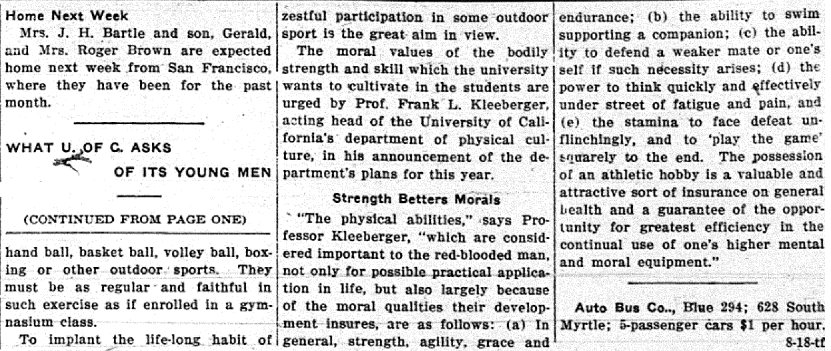Adventures with acroyoga
August 11th, 2013 at 10:11 pm (Exercise)
Yesterday I took my first acroyoga class, which was held at the Laughing Frog Yoga studio.
We started with headstands, which I’ve been learning to do with the assistance of a wall. This time we did it without a wall but with a partner to spot. We were instructed to start in crow pose (picture from the web, not of me):

Next, you place your head to the mat and rotate your hips up to go into a headstand.
This is hard.
It was the first time I’d done crow pose, which is a nontrivial exercise in balance. Then I got my head down to the mat, but I couldn’t rotate my hips all the way up. So I started over and did it the way I’ve been practicing: bend at the waist, put your head on the ground, and rotate your legs up from that point. This is much easier, mainly because your waist starts higher.
In the handstand, we adopted a straddle pike position, which means legs apart in a V and hips bent so your legs are in front of you (not straight overhead). We then practiced flexing the sacrum to learn how to rotate the legs forward and back without tipping your weight forward and back. Why? Because “once you’re doing this on top of someone’s feet, you don’t want to tip off onto the floor.”
Of course.
Next we did a “back flying” sequence, which means the flyer (person on top) is on their back above the base (person on bottom). In theory this is scarier, since as the flyer you can’t see the floor. In practice, to me it feels the same as any other pose where you’re dangling in the air on top of someone else’s feet. Here is an example somewhat like what we did:

Then we did a “chi machine” in which the base supports the flyer’s shoulders with his/her hands and shifts his/her feet to inside of the flyer’s knees; the flyer then folds at the waist into a very relaxed pose. Surprisingly comfortable.
Then the flyer rotated slowly into a “straddle bat” position as the base worked his/her feet around the flyer’s hips. It looks like this:
We then practiced going back and forth between back flying (base’s feet under flyer’s sacrum) and straddle bat (base’s feet at flyer’s hip fold).
Next we went higher, into star position:
As the flyer, you get here by grasping the base’s hands, ducking your head down to place your shoulders on the base’s feet, and leaping up into a shoulder stand. The base brings his/her feet together behind your head, and you press your head back into his/her shins to lock yourself into place. You also still have the hands to help balancing. :)
I got to serve as the base and flyer for all of the moves! Being the base is harder for me, because I get scared that I will drop/hurt the flyer due to my beginner status. My side-to-side control is weak. But when it works, it feels awesome :)



